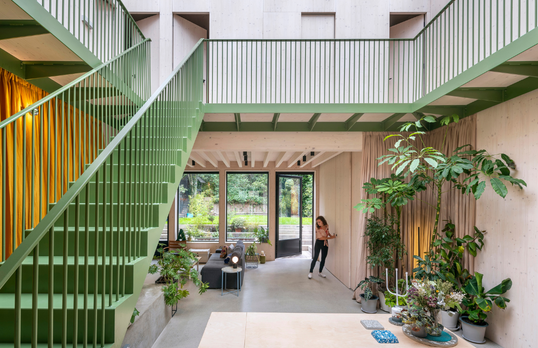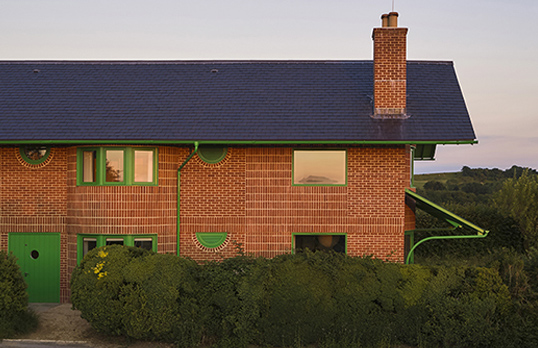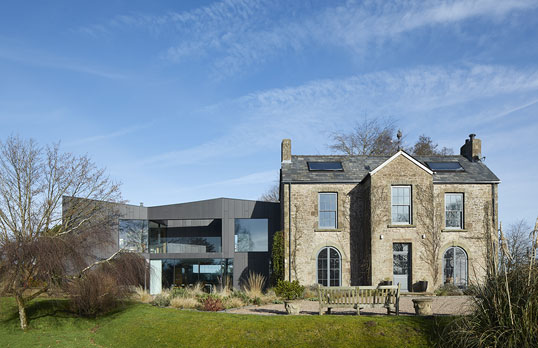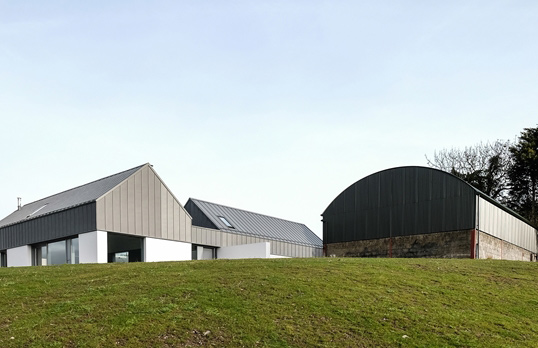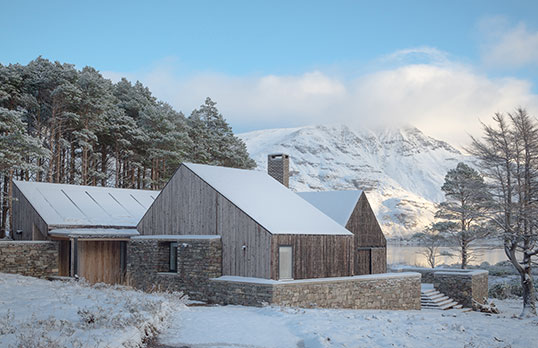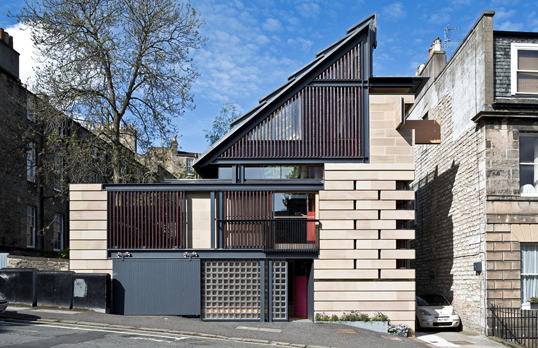RIBA House of the Year celebrates the best new homes designed by architects in the UK. Every year, our expert juries visit homes across the country selected from our UK Award winners.
Since 2013, the award has recognised homes of all shapes, sizes and budgets across the UK that not only delight their owners but also set the standard for quality design, innovation and sustainable living. From beautifully crafted homes in natural settings to reimagined terraces navigating complex city sites these projects showcase how great architecture can transform the way we live.
RIBA House of the Year 2025 will be aired exclusively on Channel 4’s Grand Designs and produced by Naked (a Fremantle label).
The series, which will air in autumn 2025, will take viewers inside the homes of the House of the Year shortlist and more, before unveiling the winner in the final episode.
Exact air dates will be announced at a later date.
Want to learn more about RIBA House of the Year?
Watch our playlist of films we commissioned, including exclusive interviews and footage of the 2024 winner:



